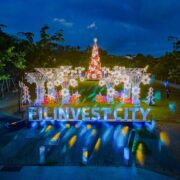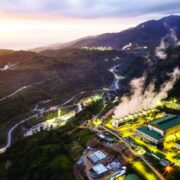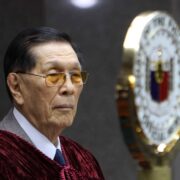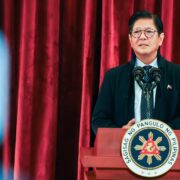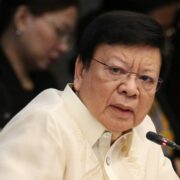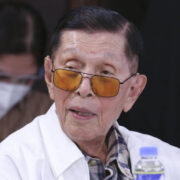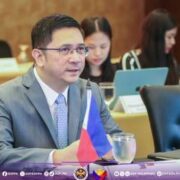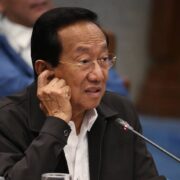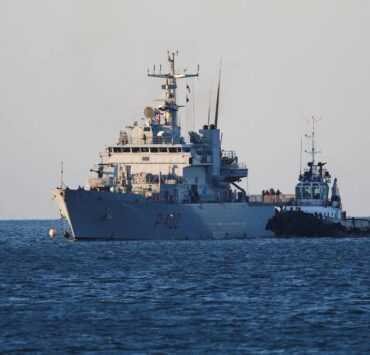The need for two Bangsamoro regions

With due respect to the appeal of Soliman Santos Jr. (“An appeal to the Supreme Court: take a second look at ‘Sulexit’ decision,” 10/15/24) and the thoughtful columns of Rufa Cagoco-Guiam on the consequences of Sulu’s exit from the Bangsamoro Autonomous Region of Muslim Mindanao (BARMM) (“‘Sulexit’—a pyrrhic victory? (1), 9/17/24), the Supreme Court decision confirming it was simply the unavoidable implementation of the relevant provision in the Constitution.
Section 18, Article X provides that the creation of the autonomous region shall be effective when approved by majority of the votes cast in a plebiscite, “provided that only provinces, cities, and geographic areas voting favorably in such plebiscite shall be included in the autonomous region.” The province of Sulu voted unfavorably, hence its exclusion from BARMM.
The exit of Sulu from BARMM is undoubtedly tragic, with its consequences reverberating throughout southern Mindanao. Yet, a deeper review of the subject shows that the exit was a real possibility, and that the formula for a united Bangsamoro homeland was profoundly flawed from the beginning.
For a start, Section 15, Article X of the Constitution provides that there shall be created “autonomous regions in Muslim Mindanao and in the Cordilleras consisting of provinces, cities, municipalities, and geographical areas sharing common and distinctive historical and cultural heritage, economic and social structures, and other relevant characteristics,” within the framework of the Constitution.
Other than professing a common religion—Islam—the ethnic profiles of all the component political units enumerated in the Bangsamoro organic law (Republic Act No. 11054, July 27, 2018) have distinct but separate cultural and historical heritage, not to mention their geographical location and the separation of those in the main island of Mindanao from those in the south consisting of island provinces.
The Muslim areas in central Mindanao are the regions in Maguindanao and Lanao provinces, most of which are contiguous. The people speak the Maguindanao Iranun dialects, have special skills and talents nurtured in a landlocked environment, and trace their beginnings to the rich history of the Maguindanao Sultanate founded in the 5th century by the legendary Sharif Kabungsuan.
Outside of mainland Mindanao are the Muslim islands of Sulu, Tawi Tawi, and Basilan, whose population of 1,996,970 (2020 data) are predominantly the Tausug/Sama tribe inhabiting 4,068 square kilometers of land. They have a distinct cultural heritage shaped by their seafaring forebears who navigated the waters surrounding the numerous islands that dot the Sulu Archipelago like a string of pearls.
What is remarkable is they are the remnants of the centuries-old Sulu Sultanate that in the distant past bannered the idea of a Moro nation comparable to the foundation of the British monarchy. Although bound together by Islam with their brothers and sisters in central Mindanao, the Tausug/Sama tribe’s cultural heritage has aspects different from them.
In light of these considerations, I urge Congress to revisit the Bangsamoro organic law with the objective of creating two Bangsamoro regions, namely, Bangsamoro North comprising all the Muslim areas in mainland Mindanao, and Bangsamoro South consisting of all the islands of the Sulu Archipelago. After all, the Constitution did not prescribe ONE Bangsamoro region as in fact it states that there shall be created “autonomous regions in Muslim Mindanao …”
—————-
Ancheta K. Tan, a Chinese-Tausug native of Siasi, Sulu, is a senior founding partner of a major law firm based in Makati City

